DISPUTE OVER SAFE FREIGHT RATES’ EFFECT
입력 2022.12.08 (15:01)
수정 2022.12.08 (16:45)
읽어주기 기능은 크롬기반의
브라우저에서만 사용하실 수 있습니다.
[Anchor Lead]
In the center of the truckers' strike stands the so called 'safe freight rate', which guarantees minimum freight rates for cargo truckers. It was first implemented to ensure road safety, but the government and cargo truckers are showing differences how much effect it had in reality. Let's dig into some of the key issues.
[Pkg]
More than 200 people die in traffic accidents involving freight trucks every year. They are mostly caused by drowsy driving and speeding. Last year, cargo truck drivers worked 12 hours a day on average, driving 390km each day. Truckers say their fatigue is inevitable due to the low freight rates.
[Soundbite] Kim Yun-jin(Container truckers (non-member)) : "I can only make ends meet by driving to and from Busan in one day, barely managing not to fall asleep behind the wheel. If I get more than four hours of sleep a day, that's a lot."
At the time, the government said guaranteeing minimum freight rates was necessary, and introduced the safe freight rates. It decided to apply the guaranteed rates to truckers transporting containers and cement over three years, beginning in 2020. So, how effective has it been so far? This report was compiled at the request of the Ministry of Land, Infrastructure and Transport. Truckers' monthly salaries increased in 2021 compared to 2019, before the safe trucking freight rates system was introduced. The monthly salary of container truckers rose from 2.87 million won to 3.28 million won. Cement truckers received 4.14 million won in 2021, a higher sum compared to 2.4 million received two years earlier. Container truckers' daily work hours decreased from 13.4 to 12.2 hours, while those of cement truckers decreased from 15.1 to 13.9 hours. The number of traffic accidents was down from 690 in 2019 to 674 in 2020. However, the total number also included steel truckers, who were not eligible for the safe freight rates. The researchers say the study shows that the safe trucking freight rates system has been partially effective in terms of traffic safety. However, they added more research is needed, as the results of the study might have been influenced by the COVID-19 pandemic and other traffic safety policies. The Cargo Truckers' Solidarity is demanding that the safe rates be implemented permanently and that its eligibility be expanded, because the immediate goal of the policy shorter working hours has been achieved. Another study also proves that guaranteeing truckers' income does have an effect on traffic accident rates. The government says it's still unclear if the safe freight rates system helps enhance safety, as the number of accidents rose again last year, after the system had been enforced. The government insists it can extend the system by another three years without expanding its eligibility. While both sides agree on keeping the system in place, the National Assembly, which is supposed to discuss the matter and enact relevant laws, is now at a standstill.
In the center of the truckers' strike stands the so called 'safe freight rate', which guarantees minimum freight rates for cargo truckers. It was first implemented to ensure road safety, but the government and cargo truckers are showing differences how much effect it had in reality. Let's dig into some of the key issues.
[Pkg]
More than 200 people die in traffic accidents involving freight trucks every year. They are mostly caused by drowsy driving and speeding. Last year, cargo truck drivers worked 12 hours a day on average, driving 390km each day. Truckers say their fatigue is inevitable due to the low freight rates.
[Soundbite] Kim Yun-jin(Container truckers (non-member)) : "I can only make ends meet by driving to and from Busan in one day, barely managing not to fall asleep behind the wheel. If I get more than four hours of sleep a day, that's a lot."
At the time, the government said guaranteeing minimum freight rates was necessary, and introduced the safe freight rates. It decided to apply the guaranteed rates to truckers transporting containers and cement over three years, beginning in 2020. So, how effective has it been so far? This report was compiled at the request of the Ministry of Land, Infrastructure and Transport. Truckers' monthly salaries increased in 2021 compared to 2019, before the safe trucking freight rates system was introduced. The monthly salary of container truckers rose from 2.87 million won to 3.28 million won. Cement truckers received 4.14 million won in 2021, a higher sum compared to 2.4 million received two years earlier. Container truckers' daily work hours decreased from 13.4 to 12.2 hours, while those of cement truckers decreased from 15.1 to 13.9 hours. The number of traffic accidents was down from 690 in 2019 to 674 in 2020. However, the total number also included steel truckers, who were not eligible for the safe freight rates. The researchers say the study shows that the safe trucking freight rates system has been partially effective in terms of traffic safety. However, they added more research is needed, as the results of the study might have been influenced by the COVID-19 pandemic and other traffic safety policies. The Cargo Truckers' Solidarity is demanding that the safe rates be implemented permanently and that its eligibility be expanded, because the immediate goal of the policy shorter working hours has been achieved. Another study also proves that guaranteeing truckers' income does have an effect on traffic accident rates. The government says it's still unclear if the safe freight rates system helps enhance safety, as the number of accidents rose again last year, after the system had been enforced. The government insists it can extend the system by another three years without expanding its eligibility. While both sides agree on keeping the system in place, the National Assembly, which is supposed to discuss the matter and enact relevant laws, is now at a standstill.
■ 제보하기
▷ 카카오톡 : 'KBS제보' 검색, 채널 추가
▷ 전화 : 02-781-1234, 4444
▷ 이메일 : kbs1234@kbs.co.kr
▷ 유튜브, 네이버, 카카오에서도 KBS뉴스를 구독해주세요!
- DISPUTE OVER SAFE FREIGHT RATES’ EFFECT
-
- 입력 2022-12-08 15:00:59
- 수정2022-12-08 16:45:00
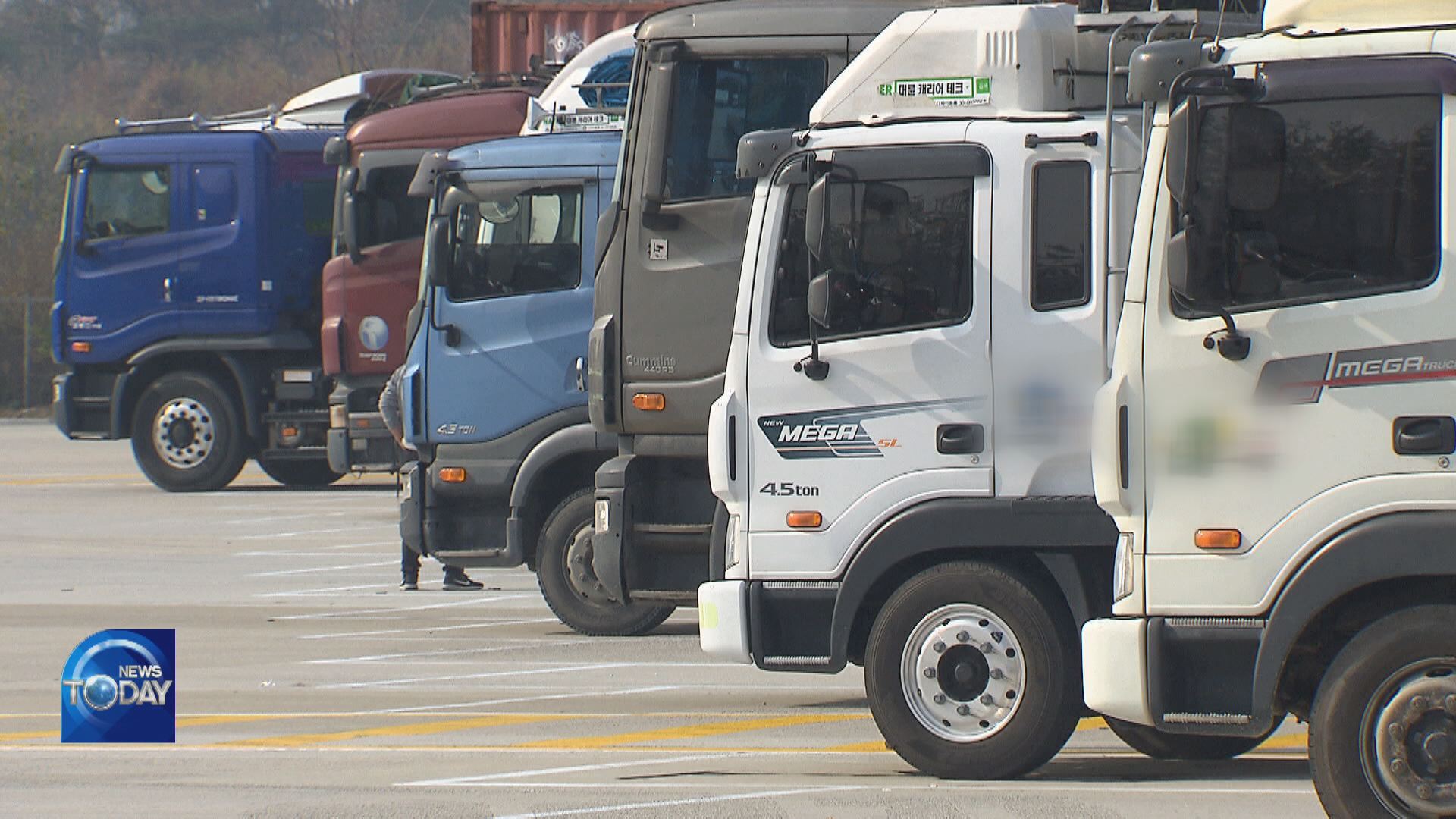
[Anchor Lead]
In the center of the truckers' strike stands the so called 'safe freight rate', which guarantees minimum freight rates for cargo truckers. It was first implemented to ensure road safety, but the government and cargo truckers are showing differences how much effect it had in reality. Let's dig into some of the key issues.
[Pkg]
More than 200 people die in traffic accidents involving freight trucks every year. They are mostly caused by drowsy driving and speeding. Last year, cargo truck drivers worked 12 hours a day on average, driving 390km each day. Truckers say their fatigue is inevitable due to the low freight rates.
[Soundbite] Kim Yun-jin(Container truckers (non-member)) : "I can only make ends meet by driving to and from Busan in one day, barely managing not to fall asleep behind the wheel. If I get more than four hours of sleep a day, that's a lot."
At the time, the government said guaranteeing minimum freight rates was necessary, and introduced the safe freight rates. It decided to apply the guaranteed rates to truckers transporting containers and cement over three years, beginning in 2020. So, how effective has it been so far? This report was compiled at the request of the Ministry of Land, Infrastructure and Transport. Truckers' monthly salaries increased in 2021 compared to 2019, before the safe trucking freight rates system was introduced. The monthly salary of container truckers rose from 2.87 million won to 3.28 million won. Cement truckers received 4.14 million won in 2021, a higher sum compared to 2.4 million received two years earlier. Container truckers' daily work hours decreased from 13.4 to 12.2 hours, while those of cement truckers decreased from 15.1 to 13.9 hours. The number of traffic accidents was down from 690 in 2019 to 674 in 2020. However, the total number also included steel truckers, who were not eligible for the safe freight rates. The researchers say the study shows that the safe trucking freight rates system has been partially effective in terms of traffic safety. However, they added more research is needed, as the results of the study might have been influenced by the COVID-19 pandemic and other traffic safety policies. The Cargo Truckers' Solidarity is demanding that the safe rates be implemented permanently and that its eligibility be expanded, because the immediate goal of the policy shorter working hours has been achieved. Another study also proves that guaranteeing truckers' income does have an effect on traffic accident rates. The government says it's still unclear if the safe freight rates system helps enhance safety, as the number of accidents rose again last year, after the system had been enforced. The government insists it can extend the system by another three years without expanding its eligibility. While both sides agree on keeping the system in place, the National Assembly, which is supposed to discuss the matter and enact relevant laws, is now at a standstill.
In the center of the truckers' strike stands the so called 'safe freight rate', which guarantees minimum freight rates for cargo truckers. It was first implemented to ensure road safety, but the government and cargo truckers are showing differences how much effect it had in reality. Let's dig into some of the key issues.
[Pkg]
More than 200 people die in traffic accidents involving freight trucks every year. They are mostly caused by drowsy driving and speeding. Last year, cargo truck drivers worked 12 hours a day on average, driving 390km each day. Truckers say their fatigue is inevitable due to the low freight rates.
[Soundbite] Kim Yun-jin(Container truckers (non-member)) : "I can only make ends meet by driving to and from Busan in one day, barely managing not to fall asleep behind the wheel. If I get more than four hours of sleep a day, that's a lot."
At the time, the government said guaranteeing minimum freight rates was necessary, and introduced the safe freight rates. It decided to apply the guaranteed rates to truckers transporting containers and cement over three years, beginning in 2020. So, how effective has it been so far? This report was compiled at the request of the Ministry of Land, Infrastructure and Transport. Truckers' monthly salaries increased in 2021 compared to 2019, before the safe trucking freight rates system was introduced. The monthly salary of container truckers rose from 2.87 million won to 3.28 million won. Cement truckers received 4.14 million won in 2021, a higher sum compared to 2.4 million received two years earlier. Container truckers' daily work hours decreased from 13.4 to 12.2 hours, while those of cement truckers decreased from 15.1 to 13.9 hours. The number of traffic accidents was down from 690 in 2019 to 674 in 2020. However, the total number also included steel truckers, who were not eligible for the safe freight rates. The researchers say the study shows that the safe trucking freight rates system has been partially effective in terms of traffic safety. However, they added more research is needed, as the results of the study might have been influenced by the COVID-19 pandemic and other traffic safety policies. The Cargo Truckers' Solidarity is demanding that the safe rates be implemented permanently and that its eligibility be expanded, because the immediate goal of the policy shorter working hours has been achieved. Another study also proves that guaranteeing truckers' income does have an effect on traffic accident rates. The government says it's still unclear if the safe freight rates system helps enhance safety, as the number of accidents rose again last year, after the system had been enforced. The government insists it can extend the system by another three years without expanding its eligibility. While both sides agree on keeping the system in place, the National Assembly, which is supposed to discuss the matter and enact relevant laws, is now at a standstill.
이 기사가 좋으셨다면
-
좋아요
0
-
응원해요
0
-
후속 원해요
0










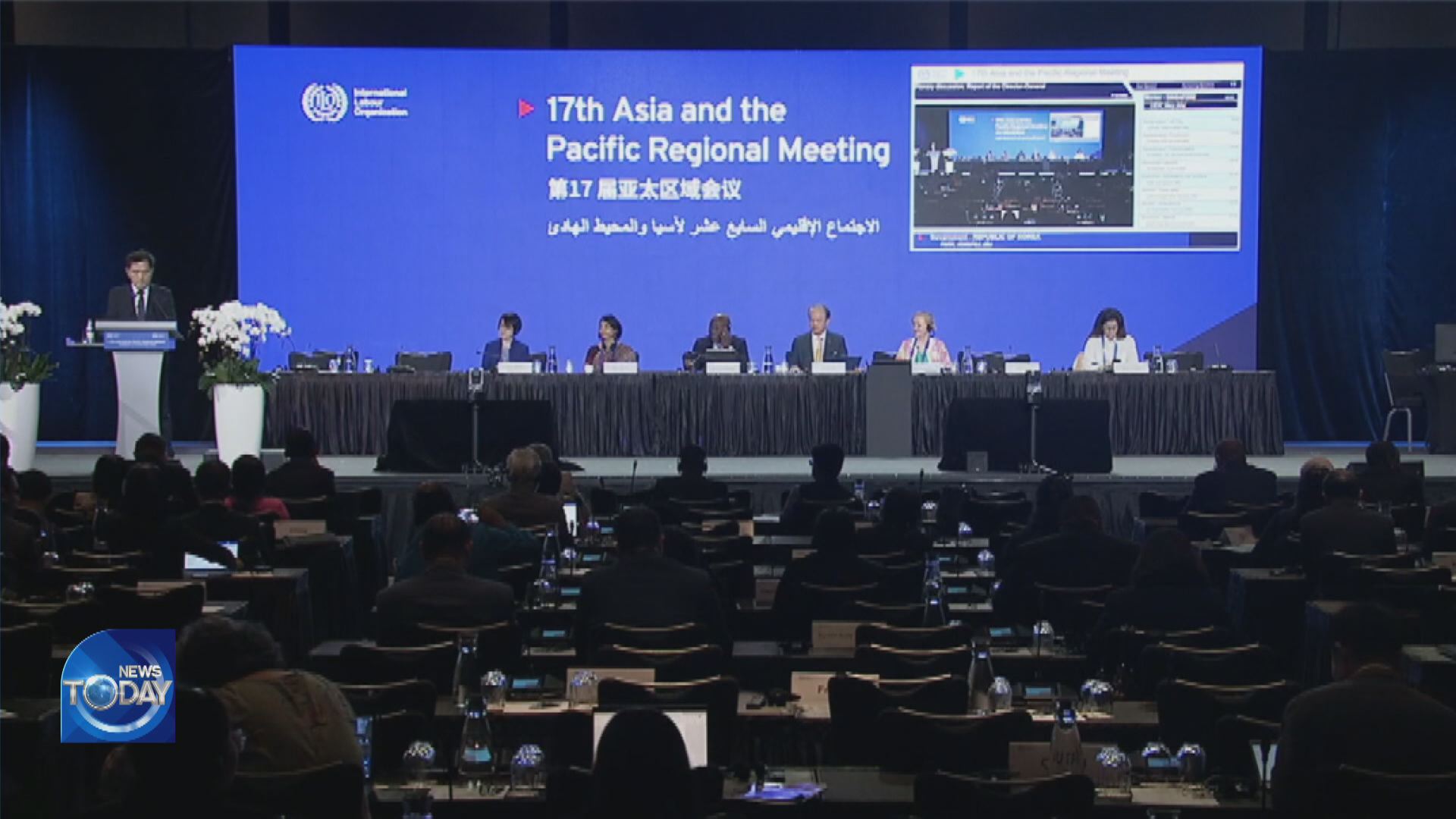
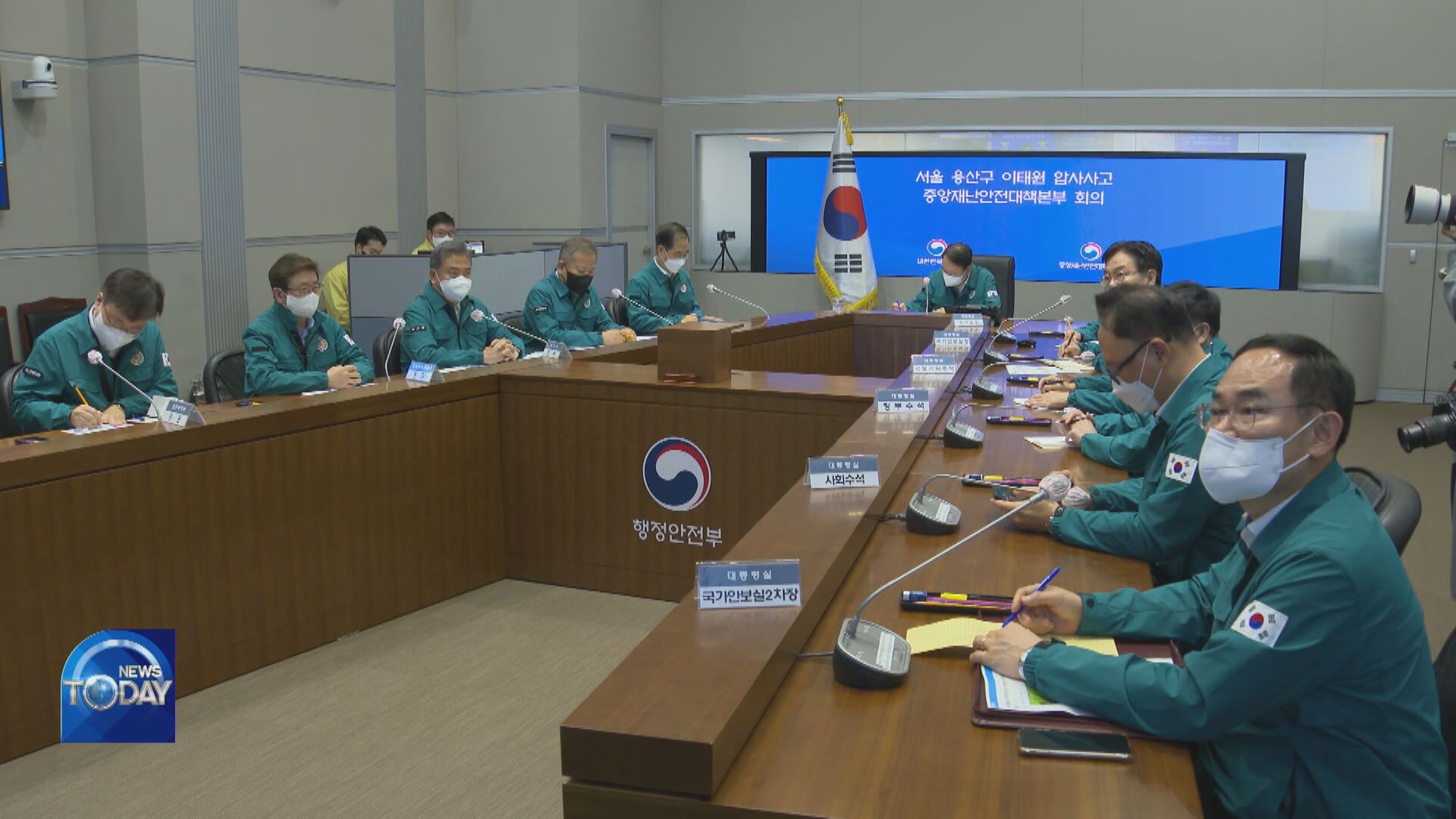


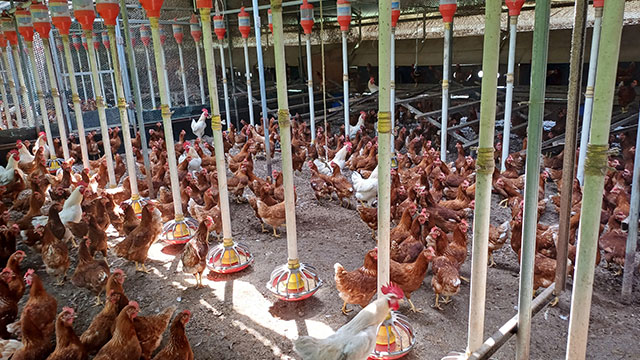
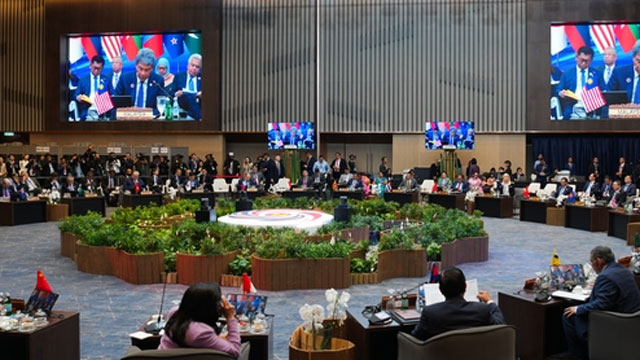

이 기사에 대한 의견을 남겨주세요.